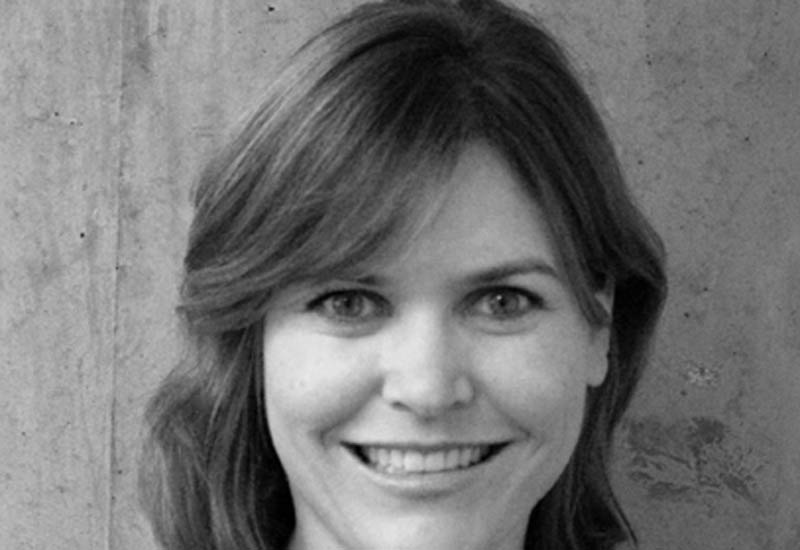During the first quarter of 2012, the major markets across the GCC reported mixed results in revenue per available room (RevPAR) following mostly positive performance for year-end 2011, according to STR Global.
Jeddah, Saudi Arabia; Al Khobar, Saudi Arabia; and Dubai, United Arab Emirates, all experienced continued RevPAR improvements during the first quarter of 2012. Despite increases in demand across all but one market, continued supply growth limited RevPAR performances in the other major GCC markets.
"The majority of markets across the GCC have weathered the recent storms fairly well", said Elizabeth Randall, managing director of STR Global. "We have seen demand growth for most markets in the region, highlighting the stronger underlying fundaments of stability and attractiveness to regional and international visitors. Increasing room inventory has been a dominant factor influencing performance in the past and will continue to do so as the region remains attractive for hotel owners and operators. Dubai and Abu Dhabi are interesting case studies to show how hotel markets can cope with balancing demand and supply".

| Advertisement |
Excluding Makkah and Medina, both in Saudi Arabia, Jeddah was the star performer in RevPAR growth for the first quarter. The city benefited from demand growth (+17.3 %) and a temporary reduction of available rooms as the Westin Jeddah is closed for refurbishment between October 2011 and summer 2012.
Al Khobar saw RevPAR in Q1 2012 increase to SAR414.16 (+18.0%), led by occupancy reaching 57.3 % (+13.4%) compared to the previous year. Occupancy growth primarily was driven by increased demand (+21.2%) amid fairly low increases in new supply (+6.9%), which in previous years increased by double digits. Elsewhere in Saudi Arabia, Riyadh's supply growth (+11.5%) in Q1 2012 outpaced demand (+3.1%).
This resulted in an occupancy decline of 7.5% to 63.2%. In the UAE, Dubai and Abu Dhabi represented two different cycle stages, particularly when looking at supply growth over the last 15 months. In Q1 2012, both cities benefited from a fairly similar demand growth, with Dubai growing by 11.0% and Abu Dhabi by 9.7%.
However, STR Global said that considering the supply growth since 2011, the impact on RevPAR performance had been quite different. In Abu Dhabi since December 2011, the city witnessed double-digit supply growth, reaching 16.7% in Q1 2012.
The additional room inventory resulted in declining occupancy by 6.0% to 64.1%. Abu Dhabi's average daily rate (ADR) during the first quarter of the year was AED633.85, a decrease of 11.7% compared to the previous year. In Dubai, new supply growth was less pronounced at 2.6% in Q1, resulting in an 8.2% occupancy increase to 86.6%. During the same period, ADR increased 8.7% to AED964.86, benefiting RevPAR growth of 17.6%.









 Search our database of more than 2,700 industry companies
Search our database of more than 2,700 industry companies









